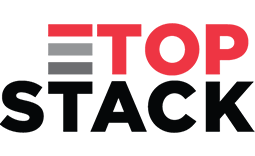4 Tips for How to Set and Achieve Goals at Work

Goal setting at work should be part of a long-term strategy to keep you engaged in the job at hand. It’s important both for ensuring you’re meeting the company mission but there is also the satisfaction of achieving your personal career goals. This article will give you some pointers on how to make goal-setting an ongoing part of your daily routine.
Set the Baseline
Setting goals at work requires you to understand the basic interconnections that make up your immediate team. Consider how your goals affect the overarching framework as well as your personal tasks. How will your efforts contribute to the department you’re in? How will achieving your goals meet the mission of the organization? When setting annual, quarterly, monthly, or even daily goals, considering how your efforts will affect everyone around you will help keep you motivated and engaged. Write all this down and move to step two.
Engage Your Boss in Goal Setting
Next, speak with your direct supervisor about your goal-setting process. Have a candid conversation about your career goals and contributions. Share your current accomplishments and how these new goals will lead you on the career path you’ve been aiming for. Your boss should be thrilled you’re working so hard to hit your personal goals and should recognize that your efforts will only make them look better in the long run.
Methodically Control Your Fate
Mapping your long- and short-term goals require that you consider the reality of the work world. The simple truth is that some things are out of your control. Try to plan enough to counteract any factors that are out of your reach, while continuing to forge ahead by knocking down the tasks you can control. For example, do you have goals that are affected by other departments or employees? How will those factors potentially inhibit your efforts to achieve your goals? Try to set up a workaround and plan for how to still get to the end of the finish line even if external factors exist that could derail your efforts to succeed.
Where Do You Want to Go in the Future?
The ultimate exercise in goal setting is to determine not where you are now but where you want to go in the future. Today, most people switch jobs several times in their career path. Start to think about what your goal is beyond the current job you’re in, whether it’s a promotion within your existing company, a new credential, or a job somewhere else. All of these long-term goals can be achieved when you map out your immediate tasks and think about the big picture. Creating goals at work will help you find clarity on what happens beyond the day-to-day work. It will help you begin to envision your long-term career path while setting a series of tasks you’ll need to knock down as part of the steps to getting there.
If you find that part of your long-term strategy is finding a new career path, contact Top Stack. Our goal is your goal – finding the best job to move you toward your long-term career success.










